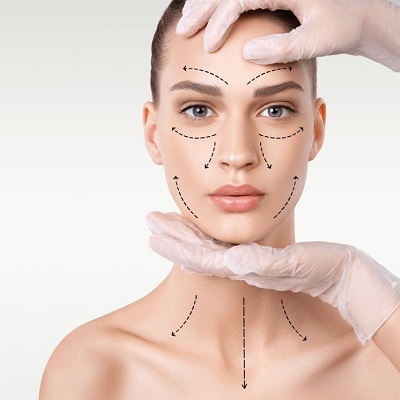In recent years, cosmetic procedures have seen a significant rise in popularity among men. While traditionally associated with women, facelifts are now becoming a common choice for men seeking to restore a youthful appearance and boost their confidence. However, male facial anatomy, aesthetic goals, and recovery expectations differ notably from those of female patients. If you’re considering a Facelift in Islamabad, it’s essential to understand what sets male facelifts apart and how to approach the procedure with the right information.
Why Are More Men Opting for Facelifts?
Society’s perception of aging is changing, and more men are recognizing the importance of looking as youthful as they feel. The reasons men pursue facelifts include:
-
Professional Competitiveness: Many men feel that a youthful look helps them stay relevant in competitive careers.
-
Self-Confidence: Aging signs like sagging skin or deep wrinkles can affect self-esteem, especially in social and personal settings.
-
Healthier Lifestyles: Men living healthier, longer lives want their appearance to reflect their vitality.
As a result, facelifts for men are on the rise, and cosmetic surgeons are now tailoring their techniques to meet male-specific needs.
How Male and Female Facelifts Differ
1. Facial Structure
Male facial anatomy is naturally different from that of females. Men typically have:
-
A more prominent jawline
-
Thicker skin
-
Heavier facial tissue
-
A flatter cheekbone structure
These features require careful surgical handling to maintain masculine traits while achieving rejuvenation.
2. Hairline and Beard Considerations
Facelifts for women often hide incisions in the hairline or behind the ears. However, for men, preserving the natural beard line and avoiding disruption to sideburns is essential. This makes incision placement more complex.
Moreover, men tend to have less scalp laxity, so the surgical approach must account for limited skin mobility.
3. Scarring and Skin Healing
Men usually have thicker and more vascular skin, which can lead to more noticeable post-operative swelling. While this can support better healing in the long term, it requires a skilled hand to minimize visible scarring.
In some cases, facial hair growth can also obscure incision sites, which can be advantageous when properly managed.
4. Goals and Aesthetic Preferences
Men often aim for subtle changes that retain a rugged, natural appearance. Over-pulled or overly smooth results are not typically desired. The goal is to look refreshed, not altered.
Women may seek softer contours or more lifted features, while men prioritize a strong jawline and minimal skin laxity without feminization.
Types of Facelifts Suitable for Men
1. Traditional Full Facelift
A full facelift for men targets the mid to lower face and neck area. This is ideal for men over 50 who have:
-
Pronounced jowls
-
Deep nasolabial folds
-
Loose neck skin
Surgical lifting and tightening of underlying tissues and removal of excess skin help restore a firmer and more youthful appearance.
2. Mini Facelift
This is a less invasive version of the full facelift and is suitable for men in their late 30s to early 50s with moderate sagging. It primarily focuses on:
-
Mild jowls
-
Slight laxity in the cheeks and jawline
The recovery is faster, and results are subtle but noticeable.
3. Neck Lift
Men with a “turkey neck” or excess fat under the chin may benefit from a neck lift alone or in combination with a facelift. It sharpens the jawline and eliminates loose neck skin.
Non-Surgical Alternatives for Men
Not all men are ready to commit to surgery. Fortunately, non-invasive options offer temporary results with less downtime:
-
Dermal Fillers: Restore volume and contour.
-
Botox: Reduces dynamic wrinkles like crow’s feet or forehead lines.
-
Thread Lifts: Minimally invasive lifting using dissolvable sutures.
-
Ultherapy or HIFU: Tightens skin using ultrasound energy.
These treatments are great for men in their 30s and 40s looking for early intervention or maintenance.
Recovery and Downtime: What Men Should Expect
Recovery from a male facelift generally takes 2–4 weeks. Here’s what to expect:
-
Swelling and Bruising: More prominent in men due to higher vascularity. Ice packs and elevation help reduce this.
-
Scarring: Hidden around the ears or within the natural beard line.
-
Shaving: Men may need to avoid shaving for a few days or weeks, depending on healing
